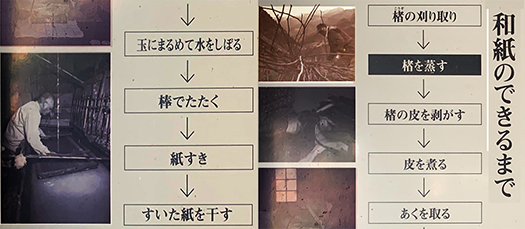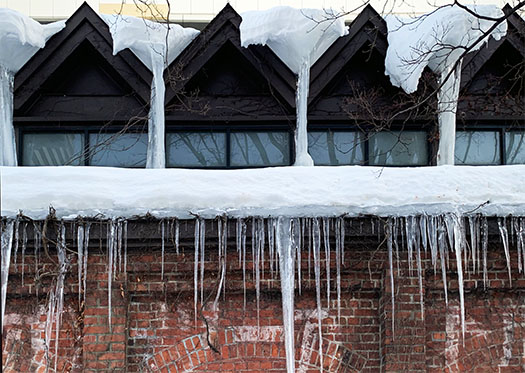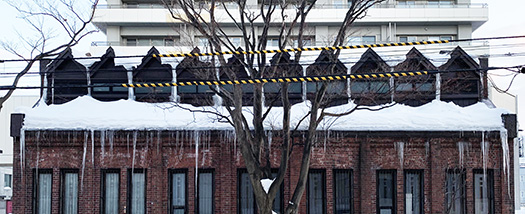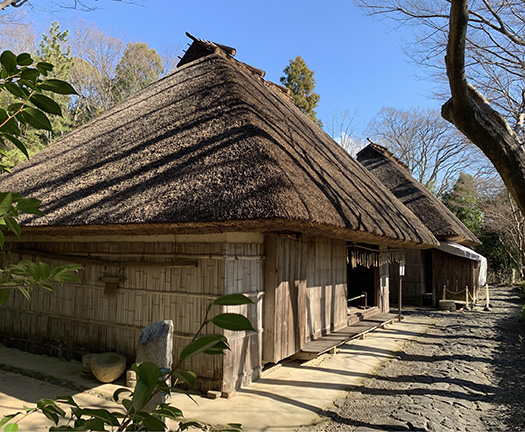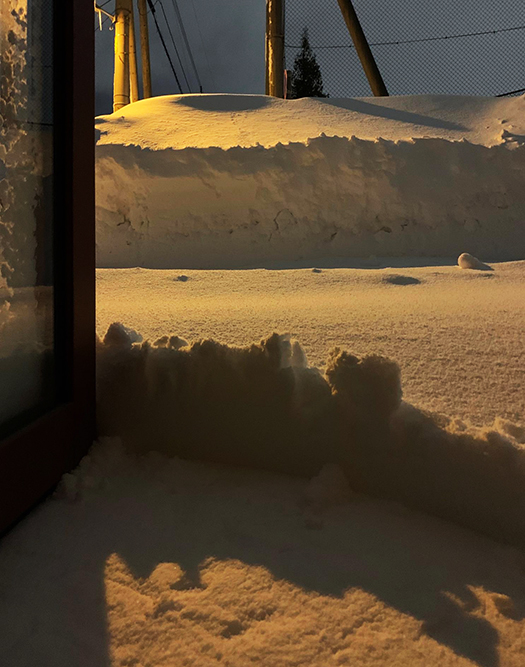
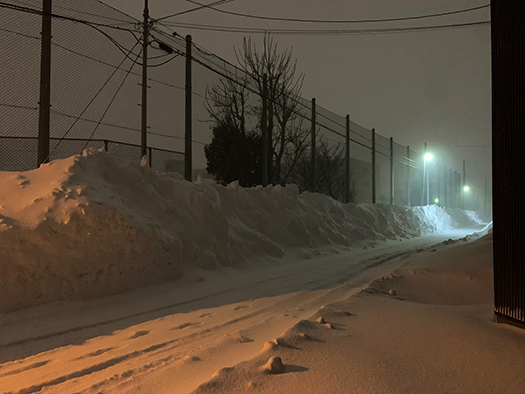
東京では雪が降る降るといわれて空振り気味だったようですが、
札幌では危惧された通りの暴風雪が真っ正直に襲ってまいりました(泣)。
今朝早く、目が覚めてあさ4時くらいですが、
ドアを恐る恐る慎重に開けたら、ご覧のような状況で軽い雪質で
まぁなんとか除雪に取りかかれそうであります。ホッとひと安心。
ようやく前面道路にも夜間に除雪が入ってくれたようで
雪山がさらに大きく迫ってきておりますが、道路幅は拡張してくれた。
日曜日の段階から暴風雪気象警報が札幌市からもアナウンスされていたので
スタッフにも安全優先でテレワーク勧奨を行っていましたが、
警報が深夜だったので、スタッフへのメール送信も深夜。
ということでほぼ定数の出社数。おかげさまで出社スタッフには
それほどの困難はなかったと言うことでした。昨日は取材日程も組まれていたし
関連の来客も多数。わたし自身も道庁建築指導課のテレワーク会議に出席と
多忙な日程を消化しておりましたが、大荒れの天気の中では、
テレワーク環境での作業経験知の蓄積が大きいと実感します。
この道庁の会議もテレワークスタイルで過不足なく進行していました。
脱炭素エネルギーについては手法が温暖地域対応型のツール優先になっているので、
積雪寒冷地ではまことに五里霧中の対応にならざるを得ない。
屋根に上げるPVは積雪寒冷地では冬期間3ヶ月程度は実質的に稼動しない。
クルマもEVに市場転換の趨勢ですが、これも寒冷地実用性は明示できていない。
現代生活の基本、住宅と移動手段のエネルギー問題が未分明なまま
掛け声だけは進んでいくし、設備機器供給側は温暖地の市場性最優先で
投資を集中させて行っている。積雪寒冷地は今後どう対応していくべきか、
北欧、カナダの現在のエネルギー施策を要研究と提起させていただいた。
北海道の住宅は東京の言うことを聞くよりも北欧・北米と対話する中で
日本のなかで独自の戦略を構築してきたのだと思います。
気候環境条件で親和性の高い北欧北米で、具体的な脱炭素をどう進めているのか。
同様の前提条件の社会がどういう知恵と工夫を蓄積しているか情報交流が重要。
過去の高断熱高気密技術ではやはり実地での見学交流が有効だった。
コロナ禍で人間の移動も制限されている中でのエネルギー論。
言葉だけの交流では行動指針レベルまで意見交換することができにくい。
現実にいまの札幌の気象環境はまさに災害的。
こういう状況では太陽光発電などは影もカタチもない。
そしてEV車の充電インフラもまったく進まない中で、
火力発電の脆弱なインフラに頼り切りの発電と働かないPVという条件地域。
公共交通手段も雪で途絶するような地域環境での人間の暮らしと移動確保について
リアリティを持ってどう進めていけるのか。
長期的な寒冷地エネルギー戦略が不可欠だと強く思わされる。
大雪災害での筋肉疲労に見舞われながら、寒冷地でどういう脱炭素があり得るか。
暴風雪並みに先が見えにくい状況ではないのでしょうか?
English version⬇
[Is it a finishing blow of winter todome? 2022 Storm Snow in Sapporo]
It was said that it would snow in Tokyo, and it seemed like it was a little empty.
In Sapporo, a blizzard on the street that was feared struck honestly (crying).
I woke up early this morning and it was about 4 o’clock,
If you open the door with great care, you can see the situation with light snow.
Well, I’m about to get rid of snow. Relieved and relieved.
It seems that snow was finally removed at night on the front road.
The snowy mountains are getting closer, but the road width has expanded.
Since the blizzard weather warning was announced by Sapporo City from the stage of Sunday,
We also recommended telework to the staff with a priority on safety,
Since the alarm was late at night, sending an email to the staff was also late at night.
Therefore, the number of employees attending the office is almost constant. Thanks to the staff who came to work
It wasn’t that difficult. The interview schedule was set up yesterday
There are also many related visitors. I myself attended the telework meeting of the Building Guidance Division of the Prefectural Government
I was digesting my busy schedule, but in the stormy weather,
I feel that I have a great deal of experience and knowledge of working in a telework environment.
This prefectural meeting was also proceeding in a telework style without excess or deficiency.
As for decarbonization energy, the method is prioritized as a tool for warm regions.
In cold regions with snow, we have no choice but to deal with the situation in the Gori fog.
The PV raised on the roof does not actually operate for about 3 months in winter in cold regions with snow.
The market for cars is also shifting to EVs, but the practicality of cold regions has not been clarified.
The basics of modern life, the energy issues of housing and transportation remain unclear
Only the shouts will go on, and the equipment supply side will give top priority to marketability in warm regions.
We are concentrating our investment. How should we deal with snowy cold regions in the future?
I have proposed the current energy measures of Scandinavia and Canada as research required.
Housing in Hokkaido is in dialogue with Scandinavia and North America rather than listening to what Tokyo says
I think we have built a unique strategy in Japan.
How are you proceeding with concrete decarbonization in Northern Europe and North America, which have a high affinity for climatic and environmental conditions?
Information exchange is important as to what kind of wisdom and ingenuity the society with similar preconditions has accumulated.
In the past, high heat insulation and high airtight technology was effective for on-site tour exchanges.
Energetics in the midst of the corona wreck, which limits the movement of humans.
It is difficult to exchange opinions up to the level of action guidelines by exchanging only words.
In reality, the current weather environment in Sapporo is truly disaster-prone.
In such a situation, solar power generation has no shadow or shape.
And while the charging infrastructure for EV cars has not progressed at all,
A region where power generation depends on the fragile infrastructure of thermal power generation and PV that does not work.
About securing human life and movement in a local environment where public transportation is also disrupted by snow
How can we proceed with reality?
It seems strongly that a long-term cold climate energy strategy is essential.
What kind of decarbonization can occur in cold regions while suffering from muscle fatigue caused by a heavy snow disaster?
Isn’t it difficult to see ahead like a blizzard?
Posted on 2月 22nd, 2022 by 三木 奎吾
Filed under: 「都市の快適」研究, こちら発行人です, 住宅マーケティング | No Comments »






